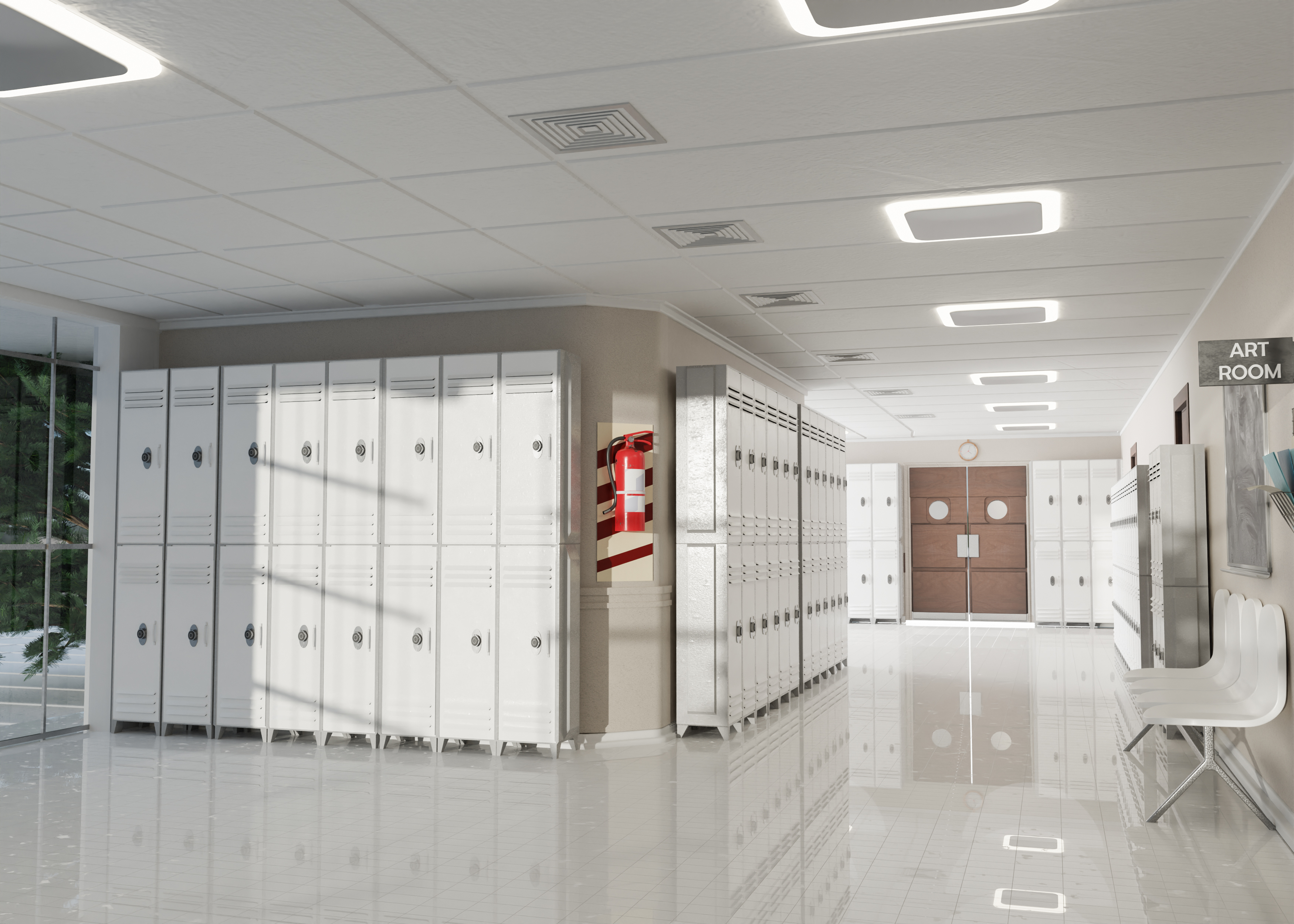
Proper ventilation in schools is crucial for creating a healthy and conducive learning environment for students. It is essential to ensure a consistent and sufficient flow of fresh air throughout the various areas of the educational facility. The quality of indoor air directly impacts the health, comfort, and overall well-being of students and staff. By maintaining optimal air quality, schools can support the development and learning abilities of children.
One of the key aspects of ventilation in schools is effective filtration to eliminate allergens and pollutants from the air. Many students suffer from allergies triggered by common allergens such as dust mites, pollen, and bacteria. By implementing high-quality air filters, these allergens can be captured and removed, creating a cleaner and healthier indoor environment. This is particularly important for students with respiratory conditions or allergies, as it helps to reduce the risk of allergic reactions and respiratory discomfort.
Controlling the levels of carbon dioxide (CO2) in classrooms is another crucial factor in school ventilation. High levels of CO2 can result in poor air quality, leading to a range of adverse effects such as reduced concentration, fatigue, headaches, and decreased productivity. By implementing proper ventilation systems, the concentration of CO2 can be effectively controlled, ensuring a constant supply of fresh air and creating an optimal learning environment for students. Additionally, maintaining adequate ventilation can help reduce the spread of airborne diseases, minimizing absences due to illness among students and staff.
Educational facilities encompass various areas with specific ventilation requirements. Classrooms, lecture halls, cafeterias, kitchens, gyms, laboratories, and server rooms each have unique needs in terms of air distribution and temperature control. Designing a well-coordinated and efficient energy plan involving multiple ventilation devices is necessary to provide optimal conditions while minimizing operational costs. This can be achieved through the use of intelligent ventilation systems that are capable of adjusting airflow and temperature based on the specific requirements of each area.
In kindergartens and schools, it is important to consider the appropriate air distribution to ensure that air does not directly impact children and teachers. Gentle and well-distributed airflow helps avoid discomfort such as headaches or cold symptoms that can arise from drafts or stagnant air. Special attention should be given to ventilation in classrooms, where students spend a significant portion of their day. The design and placement of air vents should be carefully considered to provide optimal air circulation without causing discomfort to occupants.
Furthermore, it is worth noting that children and adolescents are more susceptible to the effects of poor indoor air quality due to their still-developing respiratory and immune systems. Therefore, maintaining a healthy indoor environment in schools is of utmost importance to support their overall well-being and academic performance.
In conclusion, proper ventilation in schools is essential for creating a healthy and conducive learning environment. It involves ensuring a consistent flow of fresh air, effective filtration to eliminate allergens, and controlling CO2 levels to support optimal concentration and well-being. The ventilation systems should be tailored to the specific needs of different areas within educational facilities, taking into account air distribution, temperature control, and energy efficiency. By prioritizing proper ventilation, schools can provide students and staff with a comfortable and healthy environment that promotes learning, productivity, and overall well-being.
Find Us
Inair India,
4th floor, Fortune Monarch Towers,
Road number 36, Jubilee hills,
Popular Searches
© 2023 – Inair
Privacy Policy© 2023 – Inair
Privacy Policy